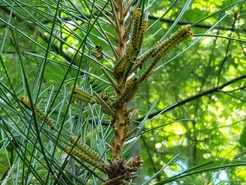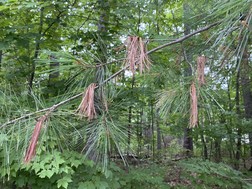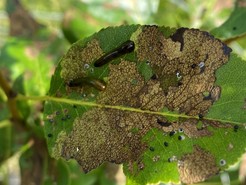|
|||||||||||||||||||
|
|||||||||||||||||||
|
|||||||||||||||||||
|
You may also like
-
DNR Recruiting 2025 Class Of State Conservation Wardens Applications Due May 7
-
MANITOWOC COUNTY DEER ADVISORY COUNCIL MEETING
-
DNR Announces 2024 Keep Wildlife Wild Poster Contest Winners
-
New DNR Fishing Tournament Registration Requirement Takes Effect April 1
-
DNR Now Accepting Artwork For The 2025 Turkey, Pheasant And Waterfowl Stamp Contest







